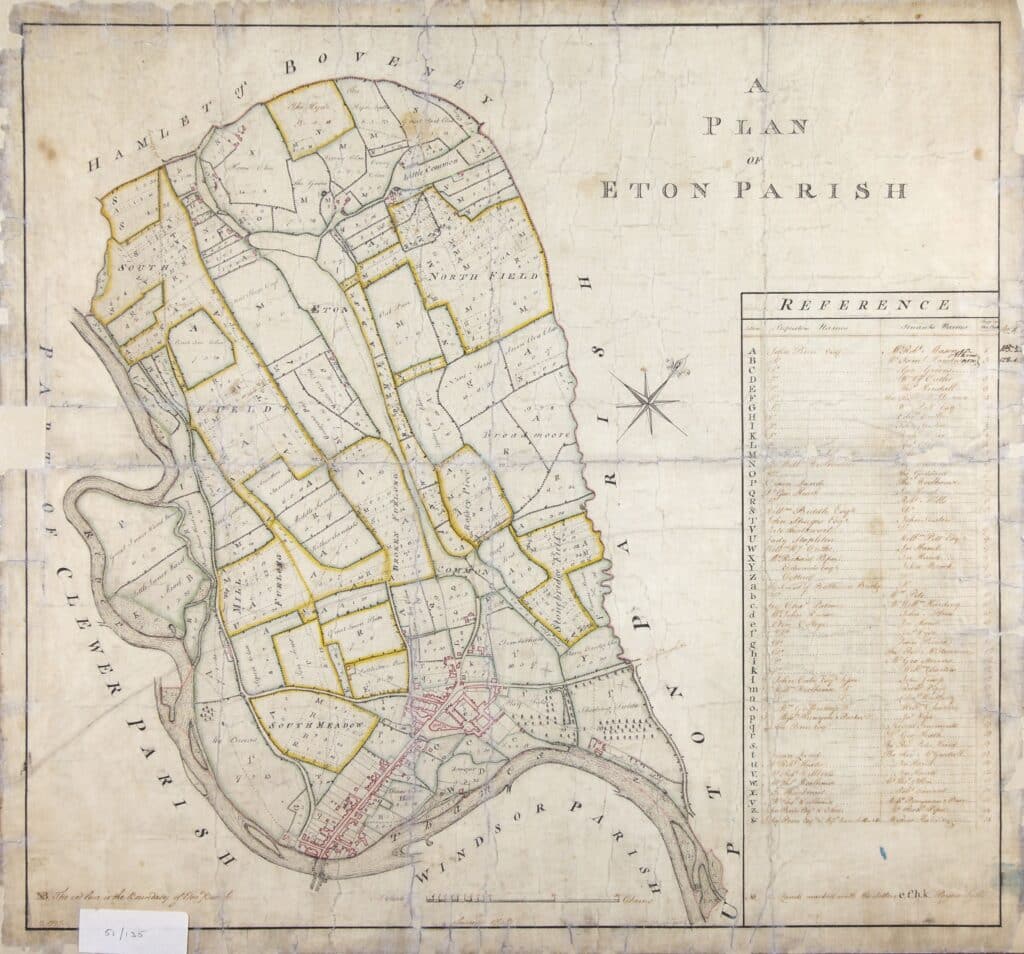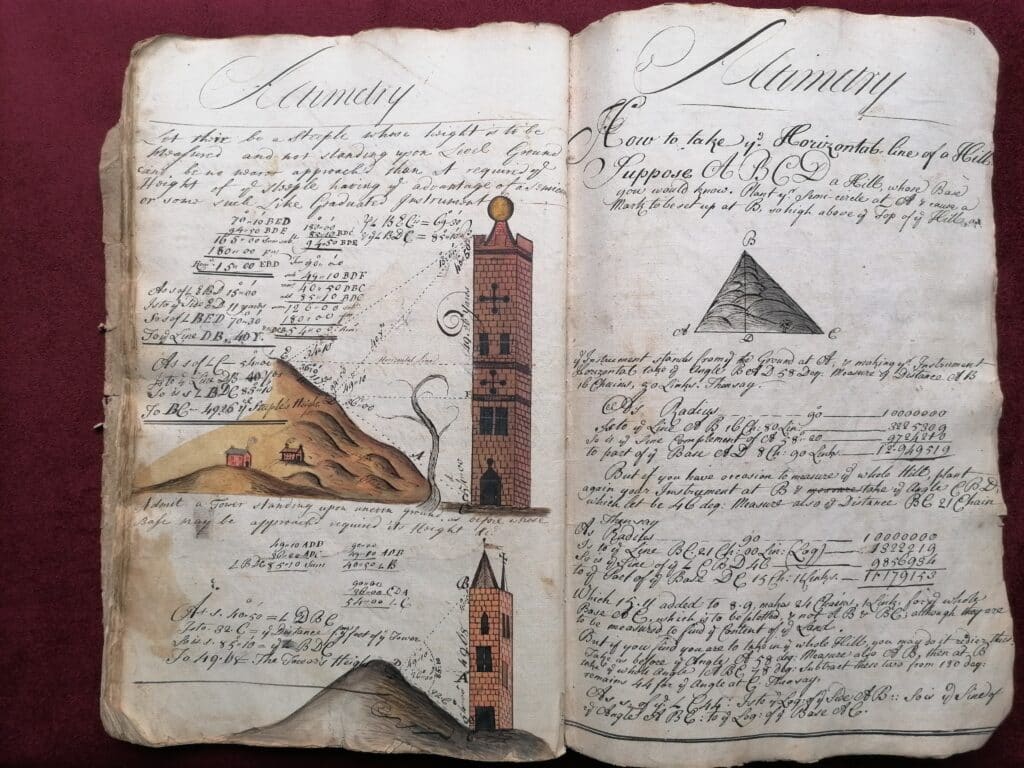Over the past year, a major re-cataloguing project has transformed access to the Moulton-Barrett family papers — a remarkable archive held at College Library, ECL MS 681. Acquired from multiple donors between 1993 and 2024, this complex and wide-ranging collection was difficult to navigate. Now, after comprehensive re-examination and careful re-arrangement, the archive is more accessible than before, inviting researchers to dive into the fascinating story of one extraordinary family.
The Moulton-Barrett papers trace a history that spans centuries and continents, connecting the colonial plantations of Jamaica to the cultural salons of Victorian England. Though the family name is most famously linked to the celebrated poet Elizabeth Barrett Browning, the archive reveals a much broader narrative — one that touches on colonialism, commerce, family dynamics, and creative expression.
The Barrett family first settled in Jamaica in the 17th century, acquiring large estates in the island’s north. Their plantations initially cultivated cocoa, tobacco, ginger, and indigo. Over time, the focus shifted toward sugar production, which became the backbone of the island’s economy but also depended heavily on the forced labour of enslaved Africans. These plantations were sites of wealth accumulation, but also profound human suffering — a legacy that echoes through the documents preserved in this collection.
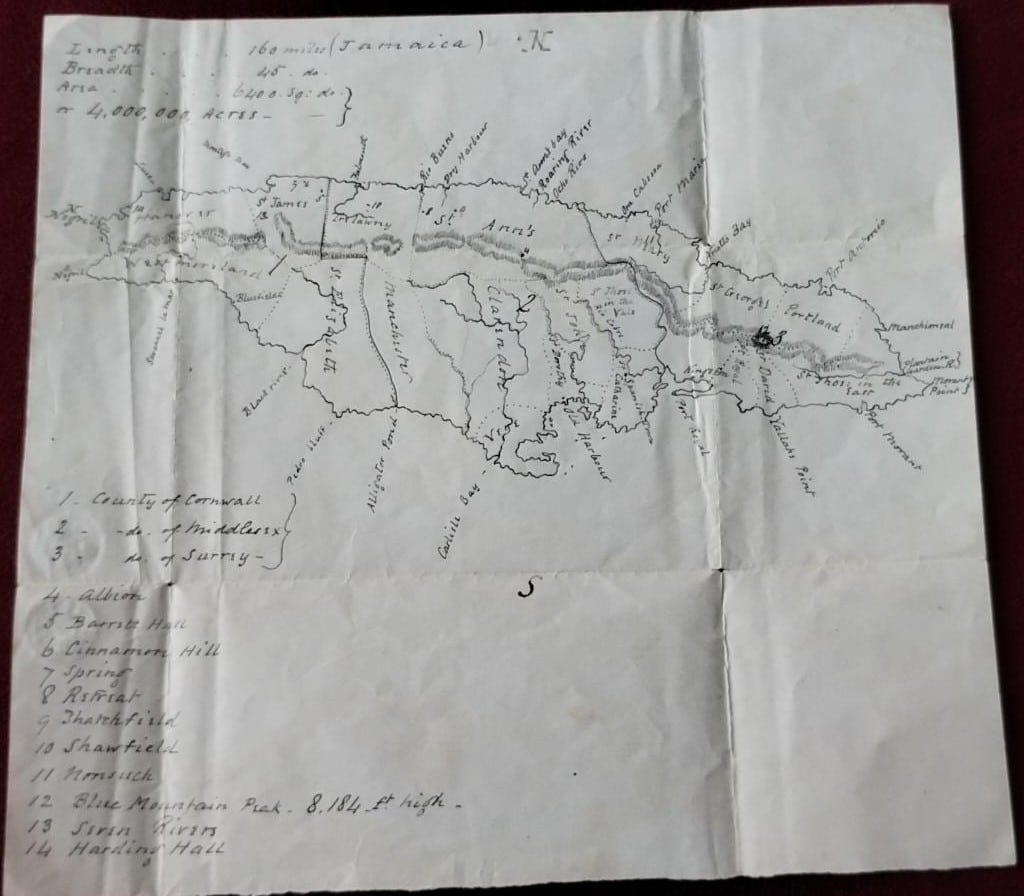
In 1799, Edward Barrett bequeathed his estates to his daughter’s sons on the condition they adopt the Barrett surname. His eldest grandson, Edward Moulton-Barrett, assumed control aged 21 years in 1806. He and his wife Mary purchased the Hope End estate in Herefordshire, and then a London home on Wimpole Street, where they raised twelve children, including their eldest daughter, Elizabeth.
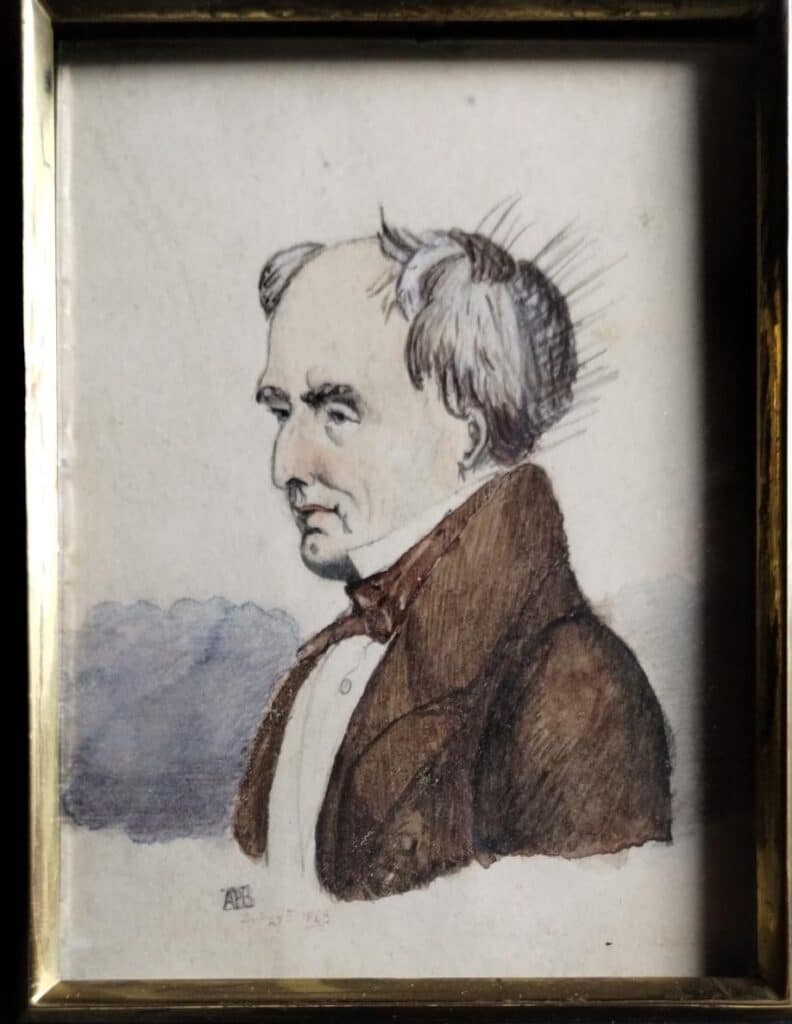
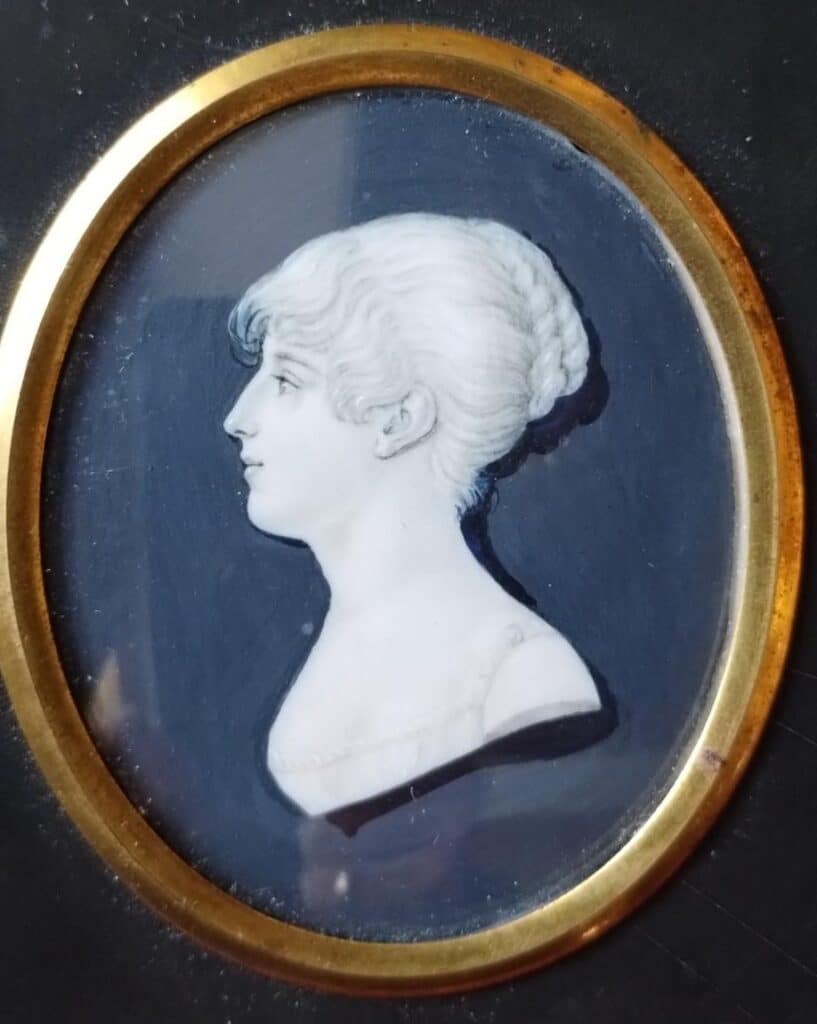
Elizabeth Barrett Browning would become one of the most celebrated poets of the Victorian era. Yet the archive offers more than literary interest. It contains detailed records about the management of the Jamaican estates, correspondence revealing family disputes, and documents reflecting the economic decline of the sugar industry and the abolition of slavery — all crucial contexts for understanding the family’s shifting fortunes.
Notably, some of the papers include voices rarely heard in archives like this. One moving letter, written in 1832 by Samuel Lugg, an enslaved man on the Cambridge Estate, appeals to Edward Moulton-Barrett for permission to buy his freedom. This personal plea adds a deeply human dimension to the history preserved here.
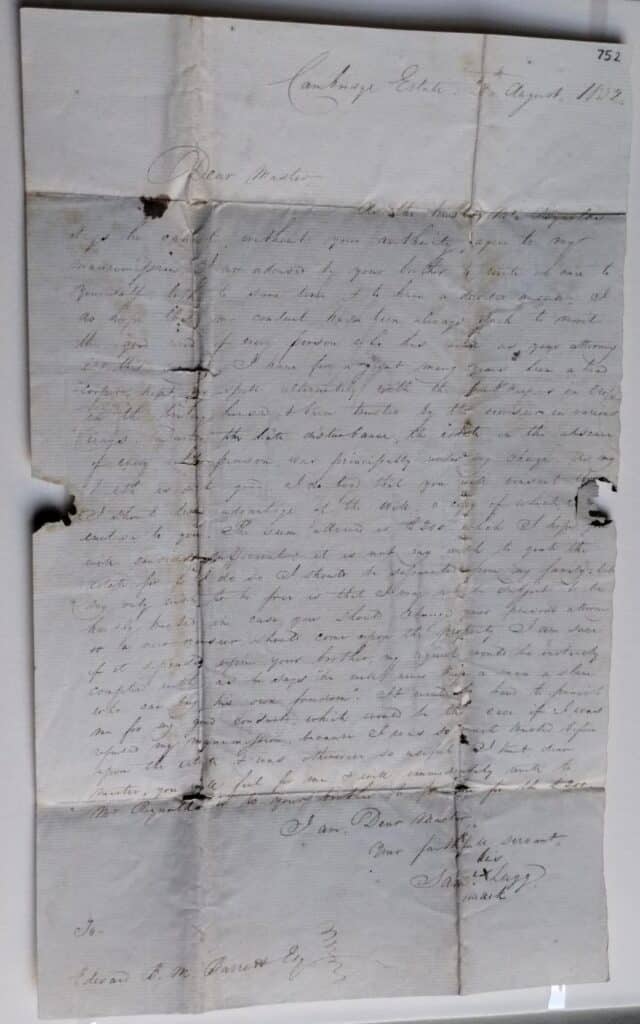
In the 20th century, letters written by Arabel (Bel) Moulton-Barrett to her cousin Edward Francis Moulton-Barrett in Jamaica reveal ongoing connections and reflections on their shared family heritage. Arabel, who was of mixed heritage and educated in France, was influenced by her aunt Elizabeth Barrett Browning’s legacy and active in literary circles such as the Empire Poetry League. She also took part in informal archaeological digs at The Retreat, the family’s last Jamaican estate.
The archive also holds hundreds of personal letters, legal documents, financial papers, artwork, photographs, and manuscripts. These materials reveal intimate details about the family’s social and creative lives across generations. Elizabeth Barrett Browning’s early life and work are particularly well represented, providing valuable insights for researchers and fans alike.
Jill Geber, Project Archivist


